Last week I boarded a train to London for another trip south of the river, this time to Dulwich. My destination was the Dulwich Picture Gallery, which is the world’s first purpose built public art gallery.
Frenchman Noël Desenfans and his friend the English landscape painter and court painter to George III, Sir Francis Bourgeois RA, formed a successful art dealership in the late eighteenth century. They were invited to build a Royal Collection of paintings for the then King of Poland, Stanislaus Augustus, and spent five years successfully amassing a collection of European art, but in 1795 when the king was overthrown and forced to abdicate they were left with a Royal Collection on their hands. They continued to buy and sell while they looked for a buyer and permanent home for their body of art, approaching both the Tsar of Russia and the British Government but they were unable to find a buyer for the collection in its entirety. They decided instead they would bequeath it to the nation, which became all the more urgent after Desenfans’ death in 1807. There was no National Gallery at this time, and he did not like the obvious candidate, which was the British Museum, so instead Bourgeois left the collection to Dulwich College along with a sum of £2000 with the stipulation that the paintings must be made available for the “inspection of the public”. His friend Sir John Soane designed the purpose built museum creating skylights so that the paintings could be seen in natural light, and it opened to the public in 1817. It proved to be the blueprint for future public art galleries everywhere.
Portrait of Tirzah Garwood, Duffy Ayes, 1944, Oil on canvas
However I wasn’t heading to the leafy affluent suburb of Dulwich to see the Gallery’s permanent collection but instead I had a ticket for the first ever major exhibition of the art of Tirzah Garwood, Tirzah Garwood: Beyond Ravilious. I think that for many people, myself included until recently, if they had heard of Garwood at all it would be as the wife of the more famous war artist Eric Ravilious, but she was a brilliant artist in her own right. Born in in Kent in 1908, the third child in an upper class family she was christened Eileen Lucy, but she was often affectionately referred to as Tertia, referring to the fact she was the third child. Her older siblings had heard the name Tirzah in the bible and mistakenly thought this was what she was called, and so the nickname stuck, suiting this lively and unconventional child.
The Crocodile, Tirzah Garwood, 1929, Wood engraving on paper
Displaying obvious talent and technical accomplishment, Tirzah attended Eastbourne School of Art where she met Eric Ravilious who taught her wood engraving. Her beautiful engravings were regularly shown at the Society of Wood Engravers exhibitions and her work was included in several publications.
The Train Journey, Tirzah Garwood, 1930, Wood engraving on paper
Despite her family’s objections, due to the fact that Eric was a lower class than the Garwoods, in 1930 she and Ravilious married and given the social norms at the time that prohibited married women working after their marriage, Tirzah settled into her new role as a housewife and shifted her design focus from figurative wood engraving to creating decorative printed papers. In 1931 the couple moved from London to a house in Great Barfield which they shared with the artists Edward and Charlotte Bawden. There was a creative dynamic between two men, but it would appear life for the wives was not as harmonious. Edward Bawden did not approve of the emancipation of women and believed they should be content to keep house and home and tend to their men. Also about this time Ravilious embarked on an affair with the artist Diana Law. Life couldn’t have been much fun for Tirzah and although she tried to be a dutiful housewife she noted in her diary that Charlotte was angry because she felt Tirzah wasn’t doing her fair share of the housework. Although she did not continue with her engraving it is about this time that she started creating needlework pictures.
Untitled (Vegetable Garden), Tirzah Garwood, c.1933, needlework and embroidery
Three years later Eric and Tirzah moved and settled in nearby Castle Hedingham where their three children John, James and Anne were born between 1935 and 1941. Ravilious was with his second mistress, the artist Helen Binyon during John’s birth. It was undoubtedly a difficult period in their life and marriage. Eric, a reluctant father, wanted to leave the family and live with Helen, and Tirzah also embarked on a romantic relationship with the artist John Aldridge. Although both she and Ravilious played a full and busy part in village life, there is evidence that she found this period artistically frustrating. “I always regretted not working.” She confided to a friend. Tirzah, however enjoyed motherhood and during this period made many beautiful and sensitive drawings of her children.
Marbled paper, Tirzah Garwood
However by 1934 she had also discovered a new outlet for her creative talents and mastered the art of marbled papers which initially she produced in collaboration with Charlotte Bawden, and for the following five years this became her primary form of artistic expression. These papers are unique, as marbling usually produces abstract designs, yet Garwood developed a way of making them into repeating patterns based on natural forms that were very similar to her printed patterned papers. These papers were sold to London design shops where they were made into lampshades and used for endpapers in books.
In 1942 Tirzah found a lump in her breast and had a mastectomy for breast cancer. It was during this time she began writing her autobiography Long Live Great Barfield (published posthumously by Persephone Books). Shortly after her operation, Ravilious was posted to Iceland on his third commission as a war artist. On 2nd September 1942 Garwood received a telegram to say he was missing, presumed dead after his plane failed to return from a patrol. She was 34 years old, a widow with three young children.
Missionary Hut, Tirzah Garwood, 1944-45, leave prints on paper, collage with mahogany veneer.
Once again, life was not easy for Tirzah and for the next couple of years, unable to claim a war widow’s pension because Eric’s death could not be confirmed, she relied on the help and generosity of friends. She continued to draw and began experimenting with collage, printing papers with leaves which she combined into collages, she made three dimensional house ‘portraits’, little contained worlds within frames, combining all this with a newly found love of oil painting, creating strange surreal, fantasy worlds within her pictures.
Prehistoric Encounter, Tirzah Garwood, 1950, oil on canvas
In 1946 she met and married radio producer Henry Swanzy and the family moved to Primrose Hill in London. It appears to be a happier time in her life but sadly it was short-lived when her cancer returned. In 1950, needing full time care, she moved to a nursing home. Despite being in pain she describes this as being the happiest time in her life. She continued to paint, often sitting up in bed with a canvas perched on her knees, up until her death in March 1951, aged just 42. Despite a life of many hardships it is evident that her love of life and the natural world provided a source of great joy for her, remaining right up until her death. It is a joy that is evident in all the exhibits in the exhibition which often seem to have a tongue in cheek playfulness.
Patchwork Quilt made for Peggy Angus, Tirzah Garwood, c.1940
She was also a skilled dressmaker and would make clothes for herself and her children, as well as memorable fancy dress costumes from beautiful and interesting materials, the scraps from which she would use to make cushion covers and patchwork quilts. The exhibition is a wonderful eclectic collection of Tirzah’s art ranging from her early exquisite wood block prints (my personal favourites), collages, needlework pictures, fantastical oil paintings, a quilt and a beautiful big scrapbook which she made for her children, filled with artwork by friends and family, cuttings and ephemera, sometimes her own marbled papers and even some of Ravilious’ unfinished water colours.
Scrapbook, Tirzah Garwood, c.1947-49, Victorian guard book with collaged pages
It is undoubtedly a joyful exhibition of enchanting, powerful work showing a diverse artistic practice made by an artist who was constricted by marriage, social conventions, ill health and widowhood. Despite the range of work it was apparent that pattern was the unifying feature, which is especially evident in the woodcuts. For me personally what I took away from the exhibition was the realisation that it is okay to work in a range of different styles and media, many of which were rooted in the domestic. Whilst I do not even to begin to compare my own artistic output to that of Tirzah Garwood, throughout my own life I have drawn and painted, tried printmaking and collage, embroidered, knitted, compiled scrapbooks and made clothes, and yes I love putting together a fancy dress costume too! My own materials have been pencil, paint, paper, fabric, thread, yarn and now latterly like Tirzah, words. I have often felt that maybe I wasn’t a serious artist if I was indulging in all these different art forms, never specialising in one thing so it struck me that this exhibition was a validation of sorts, that domestic arts are on an equal footing with any other form of creative output and we don’t need to stick to one thing throughout our lives to be an artist.
Wither Will You Wander, Tirzah Garwood, 1950, Oil on canvas
And I must tell you a little aside following on from last week’s essay about connections. On leaving North Dulwich station, a lady of probably similar age to me was standing looking slightly bewildered. I caught her eye and she said she was wondering which way for the picture gallery. I told her I didn’t really know the way but that’s where I was heading, and I was quite sure we could find it together. Getting lost has never been something I worry about, and I probably have an unfounded confidence that I will always find my way… eventually! (I had a little A to Z in my bag just in case, as I always prefer a physical map not entirely trusting my phone signal and Google maps) Anyway it was quite straightforward, and we spent a very pleasant fifteen minutes chatting as we walked along the road to the gallery, where she was meeting someone she didn’t know – the daughter of a recently deceased friend who wanted to maintain contact with her mother’s friends. And it struck me that it was another example of how lovely it can be to connect in person so I thought I would share it with you.


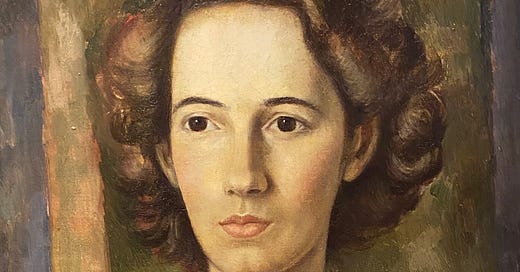



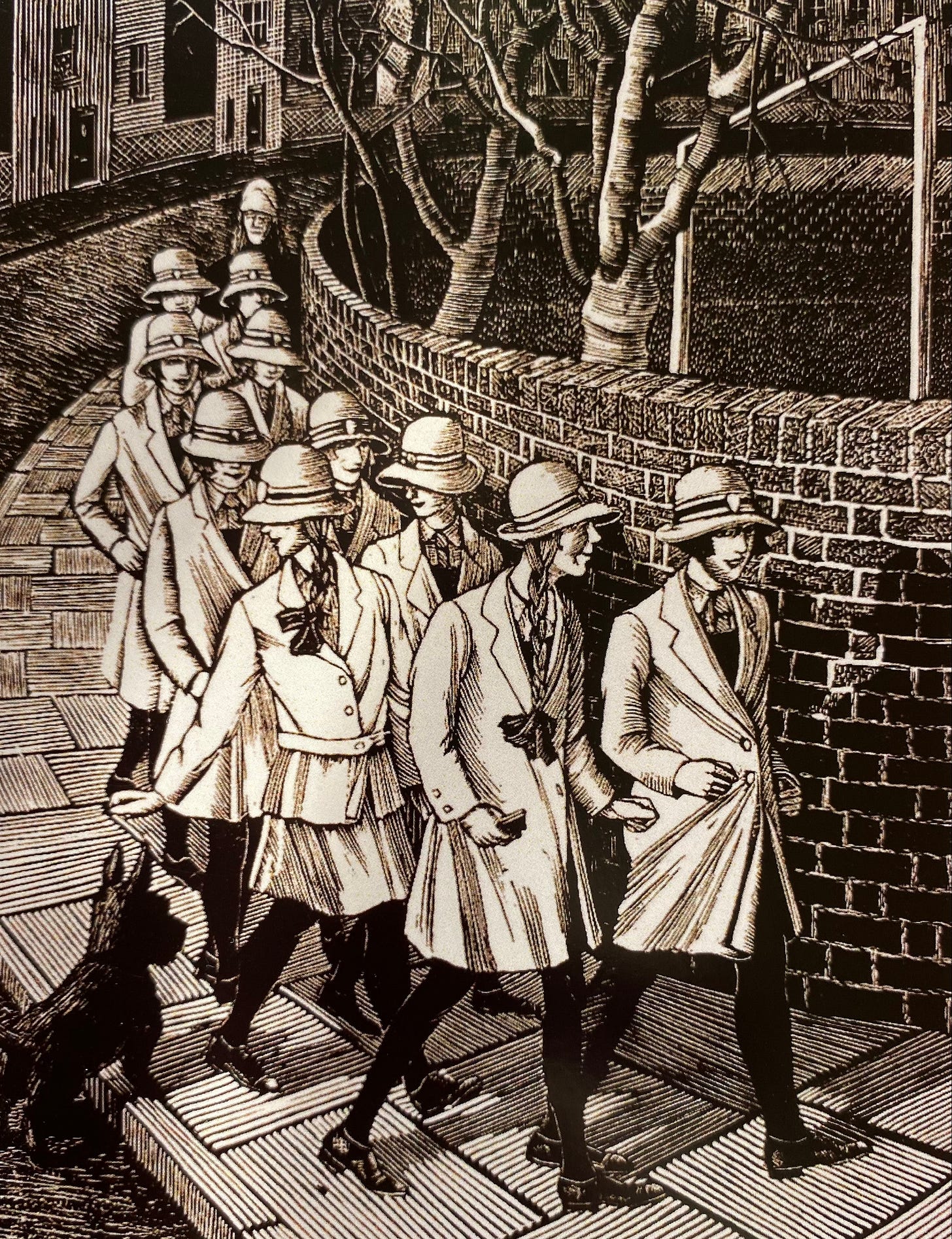
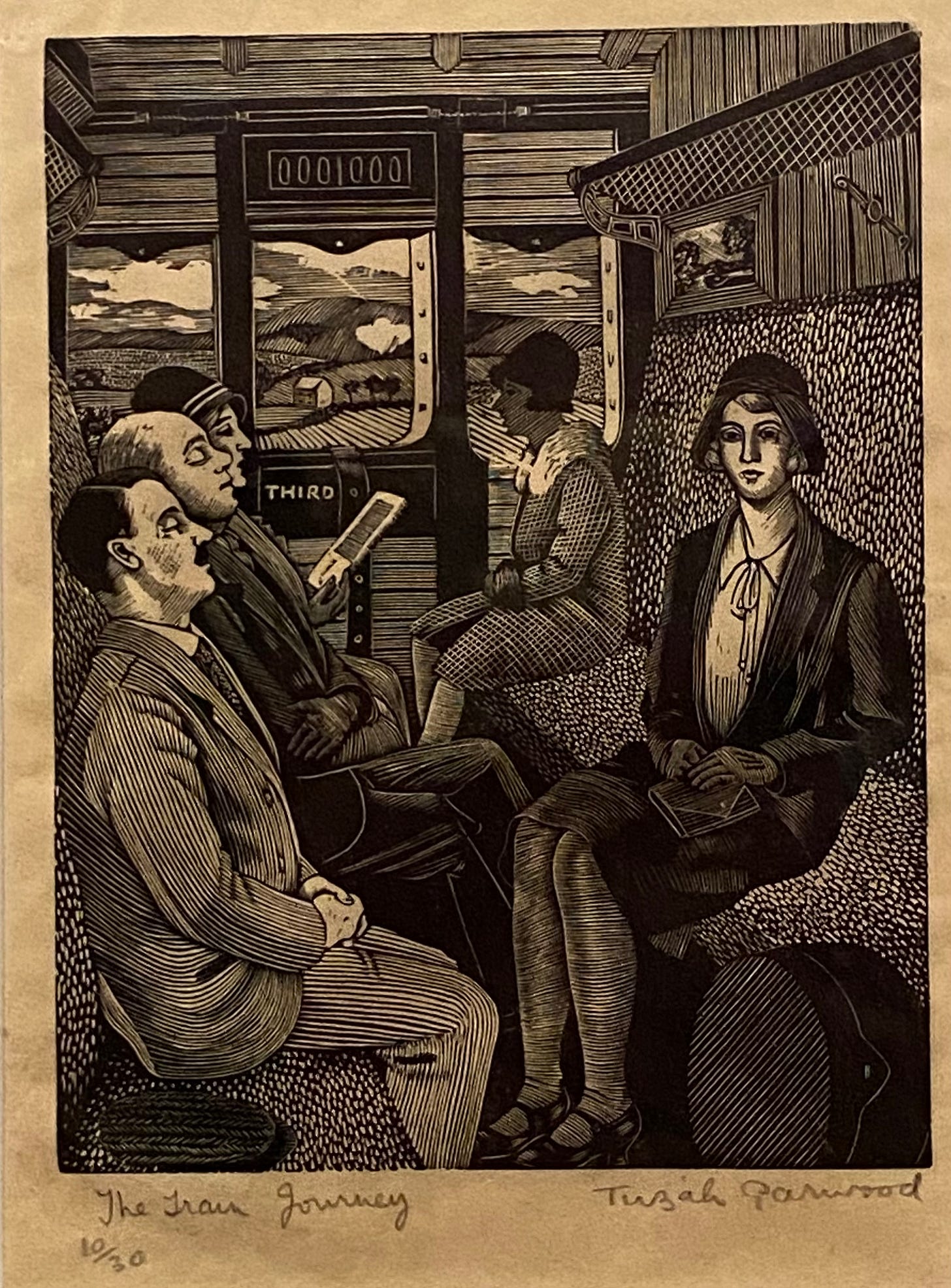
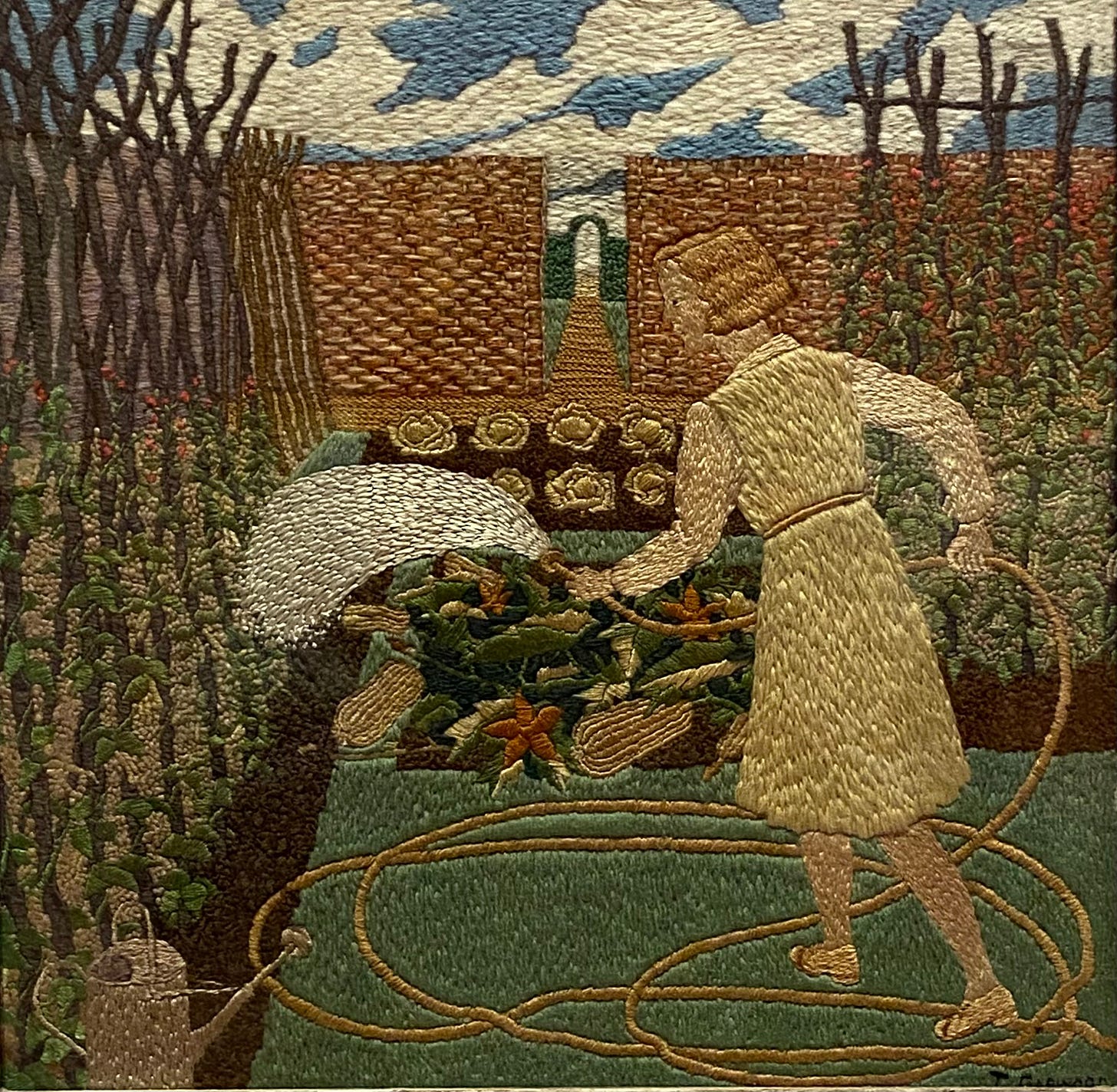
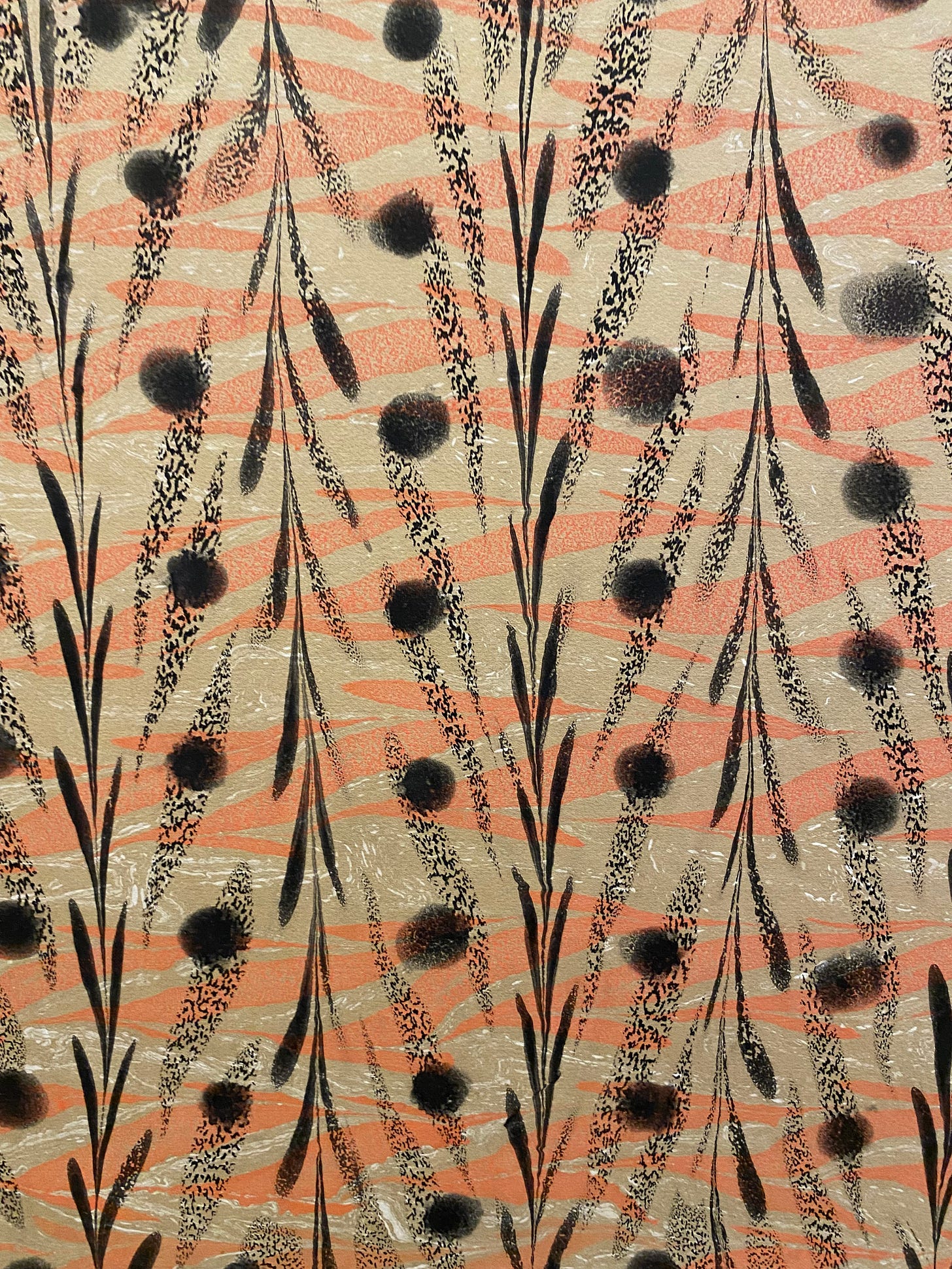
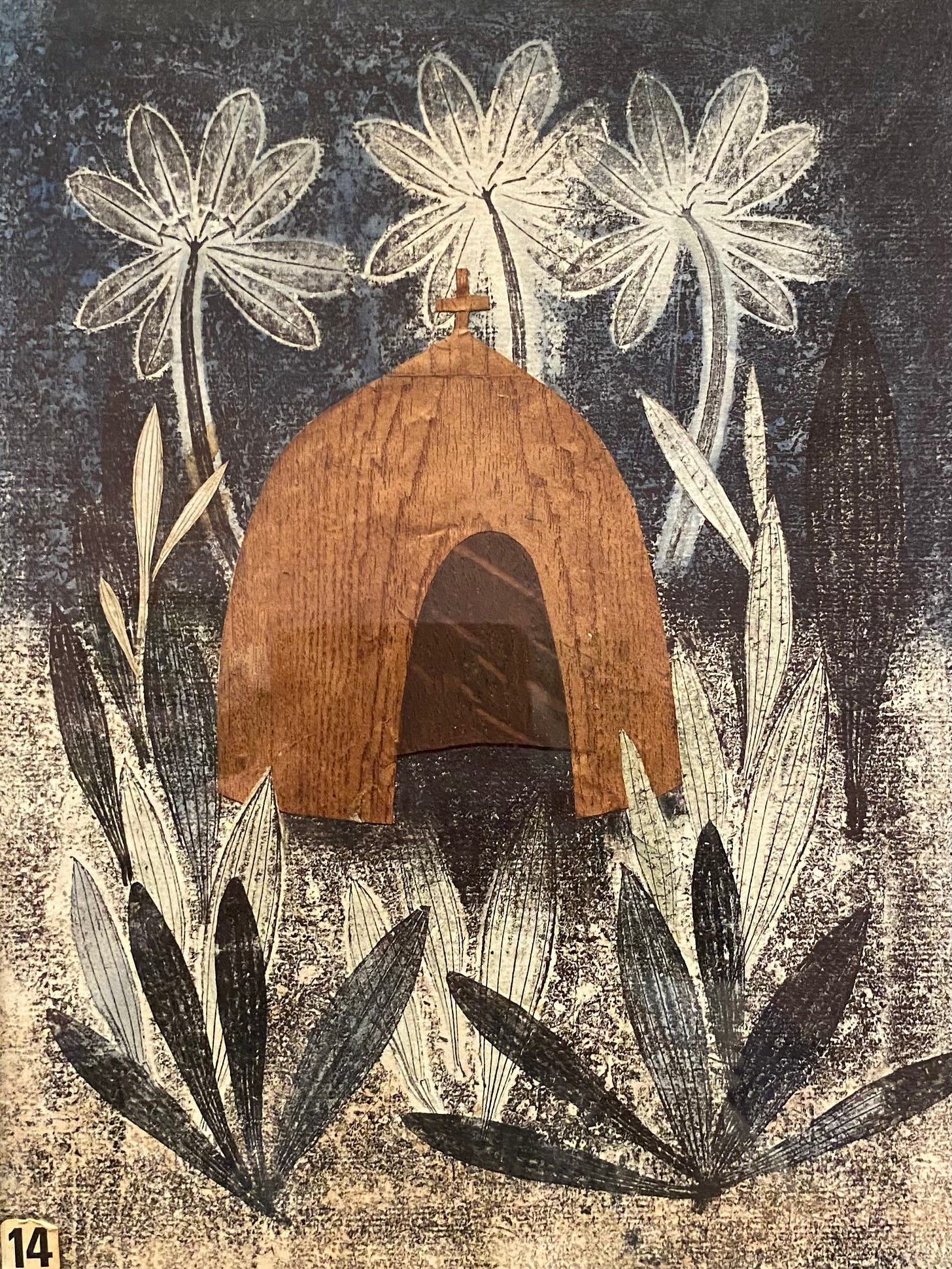
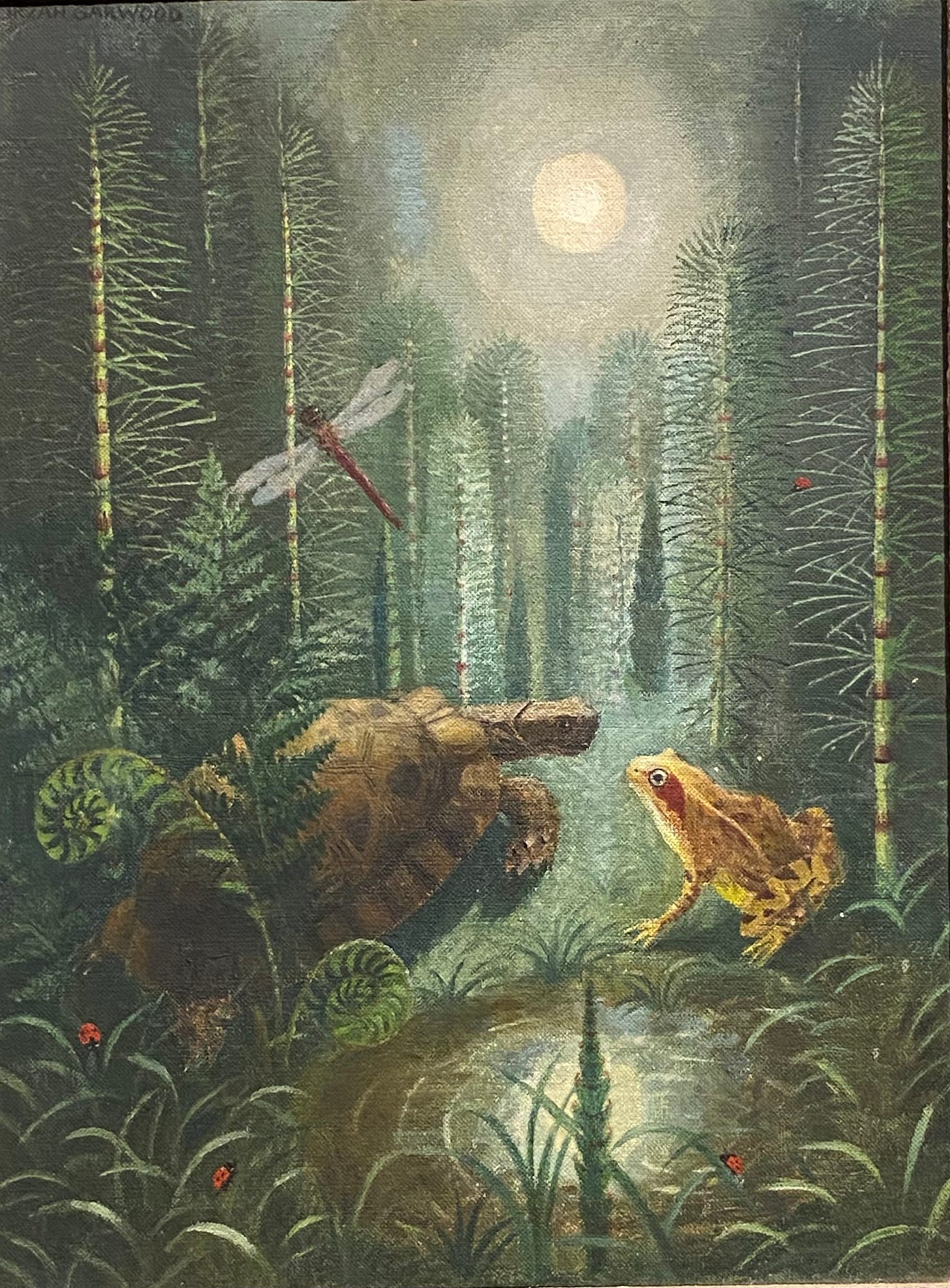
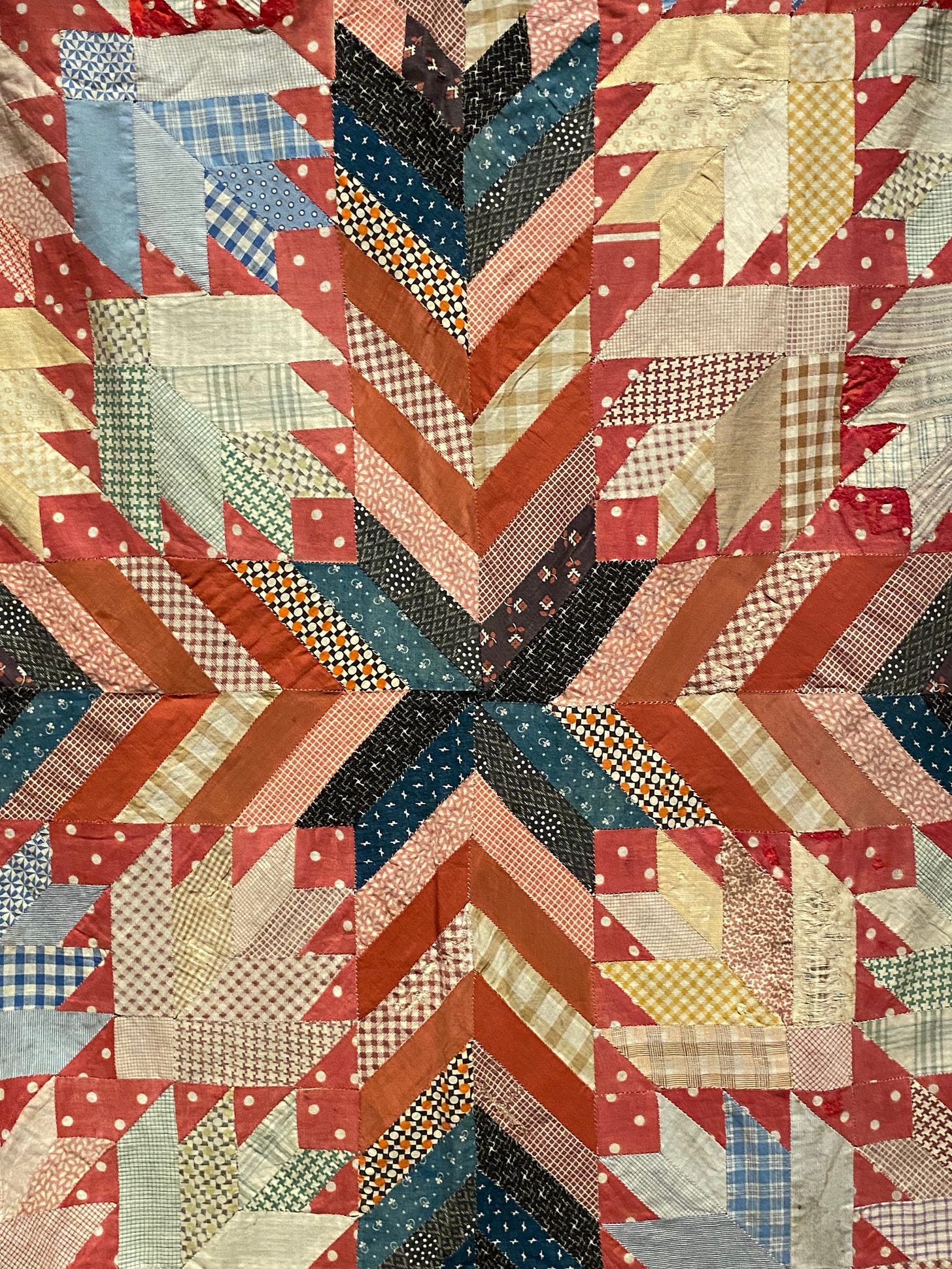
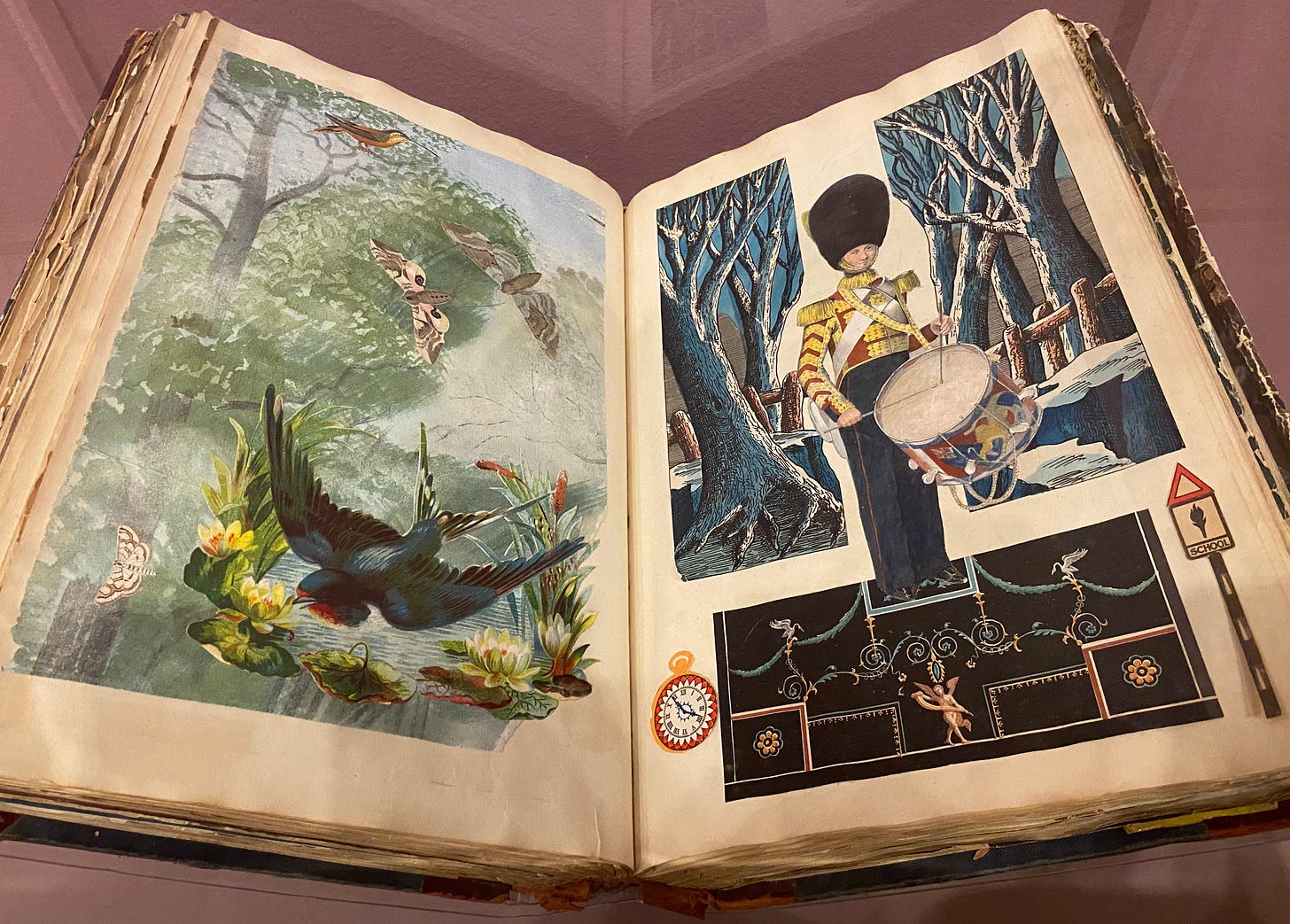
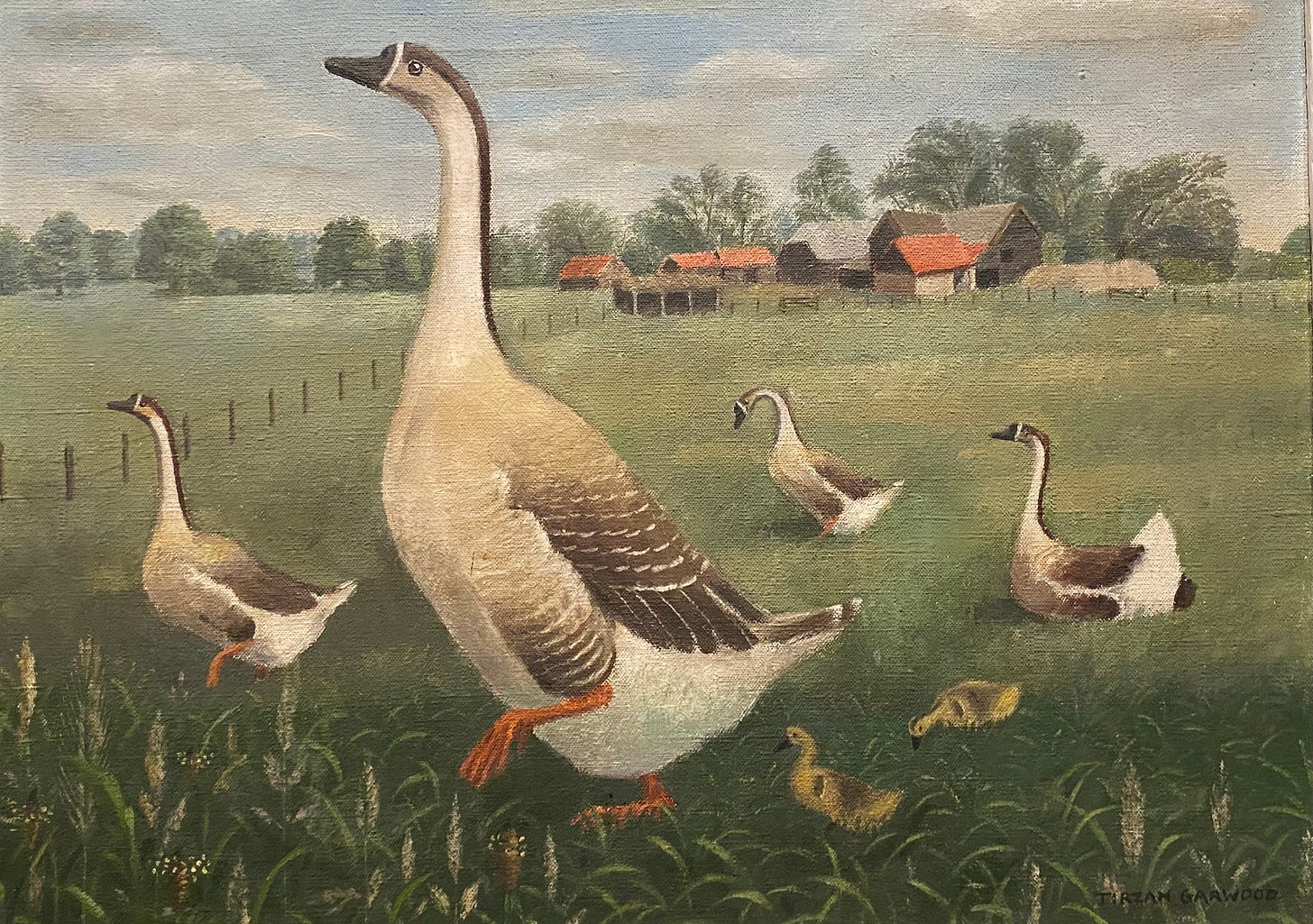
It is not the easiest place to find! I am very much hoping to visit before it closes, as I love her work. A lovely piece to read, thank you.
Super article. I love the detail of Tirzah's life that you have included.